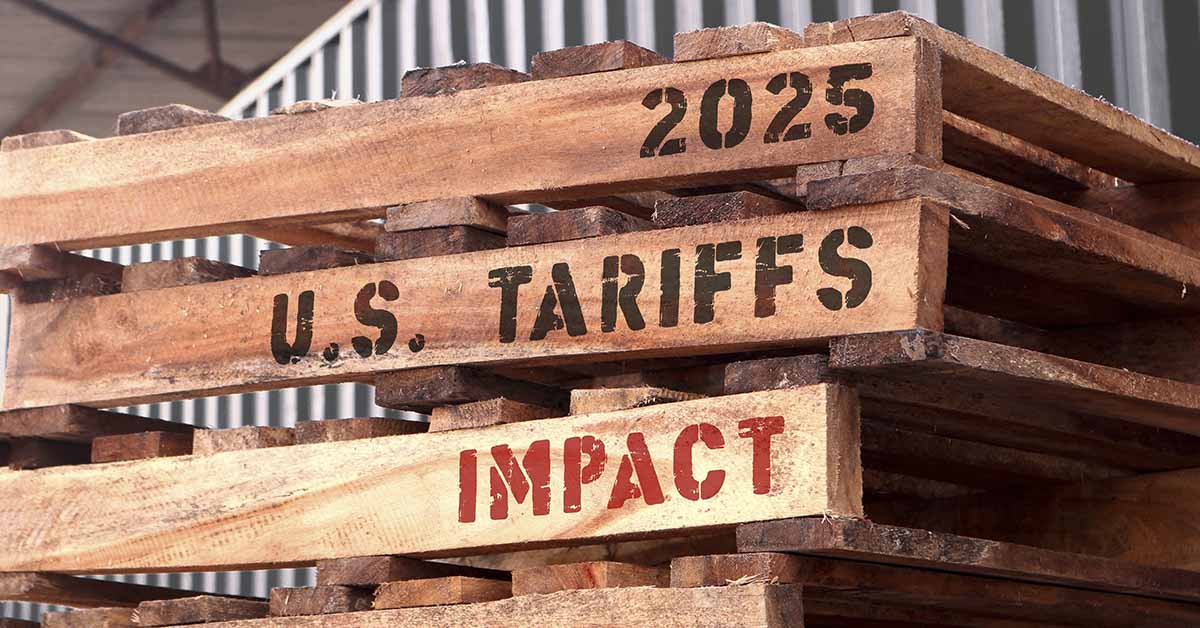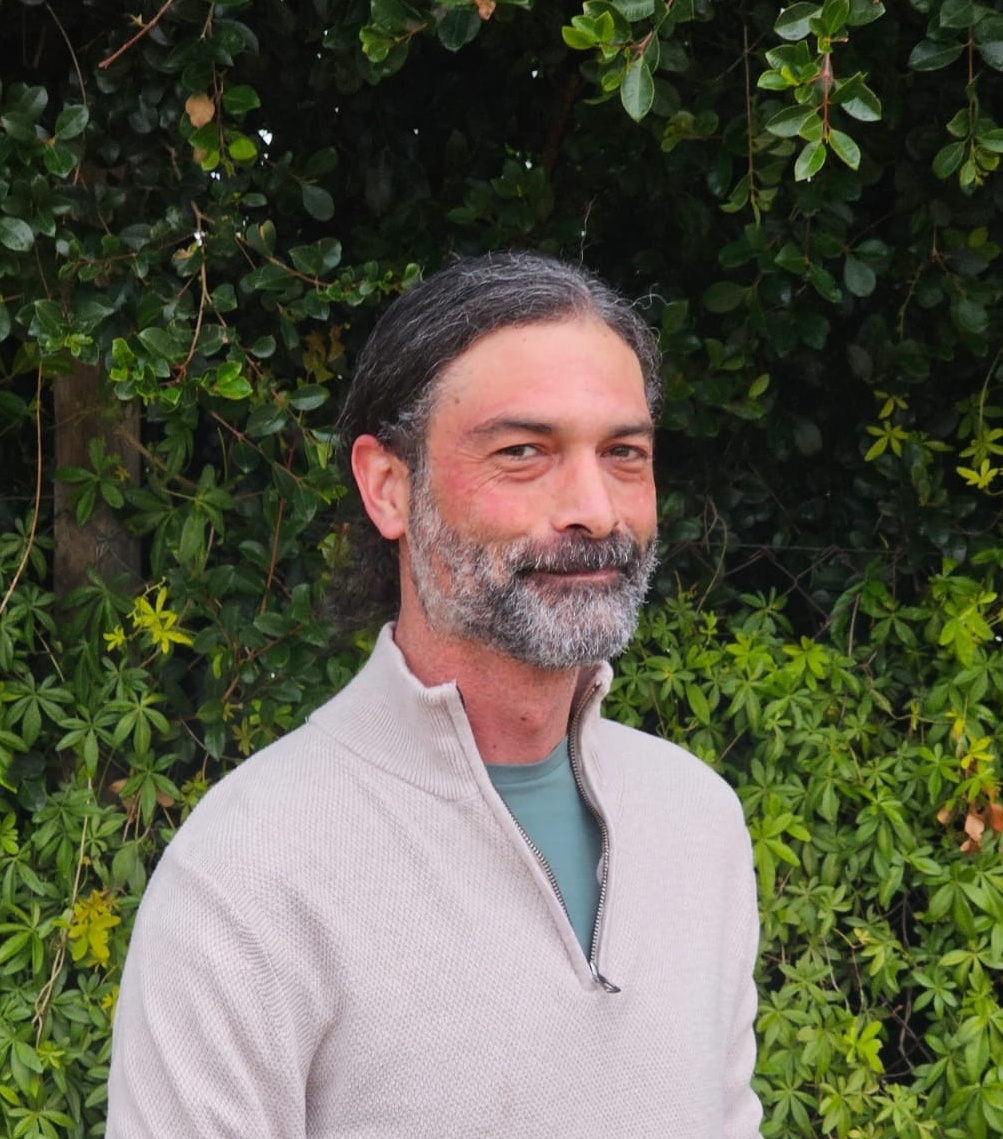Donald Trump’s “Liberation Day” tariffs, announced on the 2nd of April, 2025, have affected a wide range of countries and territories. This includes a universal 10% tariff on imports from all countries, including some unexpected uninhabited and remote locations. This has caused many to wonder what his administration was thinking when writing up these ridiculous tariff rules. Let’s take a look at five unexpected locations affected by Trump’s new tariffs.
The British Indian Ocean Territory
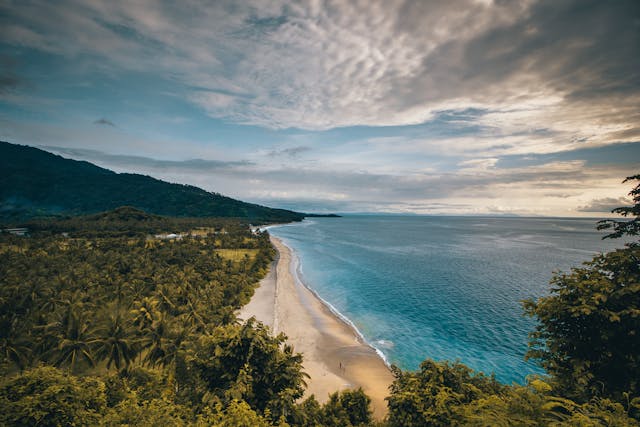
The British Indian Ocean Territory consists of 55 islands spread across the central Indian Ocean. The biggest and most important of these islands is called Diego Garcia. This island is home to a joint UK-US military base that was originally established in the 1907s. The civilization that once existed on the island was forcibly removed in the late 1960s and relocated to the Seychelles and Mauritius. The territory exports fish to the United States, but has no real civilian economy outside of the mainly military personnel. Yet, it too has been hit with a 10% tariff by the current administration.
Read More: 12 Must-Have Foods to Buy Now Before Tariffs Drive Prices Up
Norfolk Island And Cocos Island
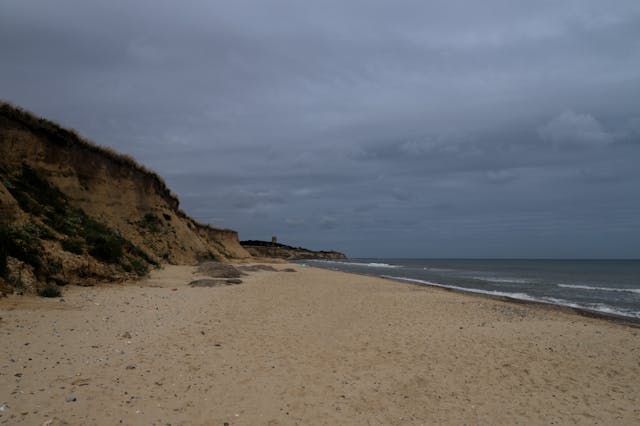
Several small island populations under Australian governance were hit with tariffs. This includes Christmas Island (1,692 residents), Norfolk Island (around 2,000 residents), and Cocos Island, which has only 544 residents. Yet, despite Australia itself only facing 10% tariffs, Norfolk Island has, for some reason, received some of the highest tariffs of 29%! Anthony Albanese, the Australian Prime Minister, said, “Norfolk Island has got a 29% tariff. I’m not quite sure that Norfolk Island, with respect to it, is a trade competitor with the giant economy of the United States, but that just shows and exemplifies the fact that nowhere on earth is safe from this.”
Heard and McDonalds Islands
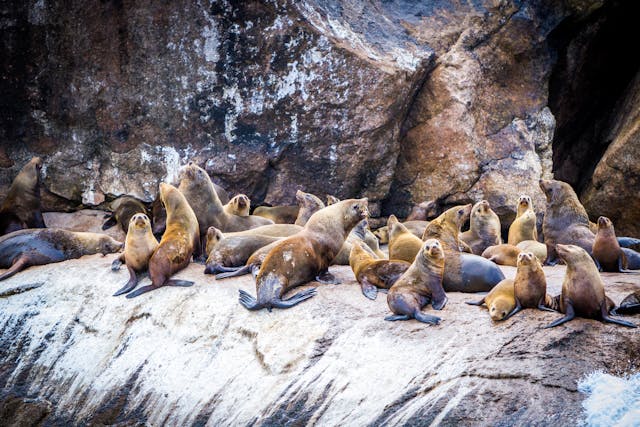
Heard Island and McDonald Islands are collectively regarded as a sub-Antarctic territory under Australian governance. The islands are UNESCO World Heritage-listed due to their untouched ecosystems and are home to fur seals, four species of penguins, and many other seabird species. No outside species, such as cats or rats, have been introduced, which is very rare. There are only occasional scientific expeditions to the islands, and there are no permanent residents or settlements. It takes two weeks by boat to reach the islands from Perth, and they are some of the remotest islands on Earth. There is no economic activity on the islands, yet they were hit with a 10% tariff by the Trump administration.
Tokelau

Tokelau is among the least populated territories on Earth, yet the isolated outpost is also facing tariffs from the US. Tokelau is made up of three low-lying coral atolls, which combined cover just 12 square kilometers. There are no airports or deep-water ports. All transport is done using small boats that are manually offloaded at the beach. Travelers wanting to visit the island first need to fly to Samoa, then take a boat journey that lasts somewhere between 24 and 36 hours. With virtually no exports to the U.S., the 10% tariffs imposed on Tokelau seem more symbolic than economically impactful.
Réunion
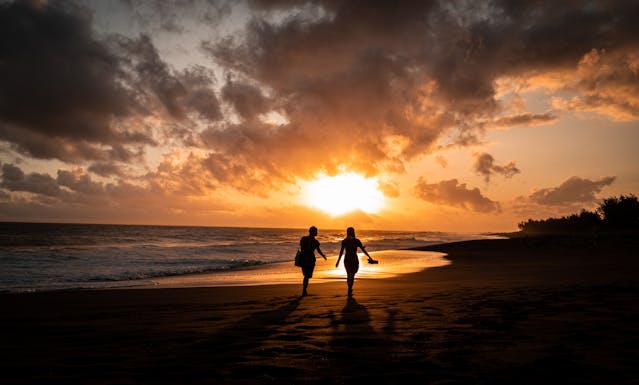
Réunion is a vibrant and culturally rich French territory located in the Indian Ocean, east of Madagascar. This volcanic island has a population of around 882,000 people, which makes it the most populous European territory in the Southern Hemisphere. The island’s economy is largely service-based and is heavily reliant on tourism. However, it is also heavily reliant on imports, which makes it particularly vulnerable to tariffs. While the island doesn’t directly import much to the United States, it is caught in the crossfire of US and EU trade tensions. The very high 37% tariff duties are likely to target EU-linked esports from the island, such as fish or sugar products.
Read More: New Tariff Takes Effect, Impacting Millions of American Consumers
